I ran Enable-Migrations after much drama I finally got the command right so that it creates the Migrations directory within my project.
However, this is the file it gave me back.. I have moved the Using Statements to the top and removed the ones that were invalid, but that is all I changed.
Raw Code.. Errors are in the Image link above.
internal sealed class Configuration : DbMigrationsConfiguration<RapidDeploy.Models.BloggingContext>
{
public Configuration()
{
AutomaticMigrationsEnabled = false;
}
protected override void Seed(RapidDeploy.Models.BloggingContext context)
{
// This method will be called after migrating to the latest version.
// You can use the DbSet<T>.AddOrUpdate() helper extension method
// to avoid creating duplicate seed data. E.g.
//
// context.People.AddOrUpdate(
// p => p.FullName,
// new Person { FullName = "Andrew Peters" },
// new Person { FullName = "Brice Lambson" },
// new Person { FullName = "Rowan Miller" }
// );
//
}
}
